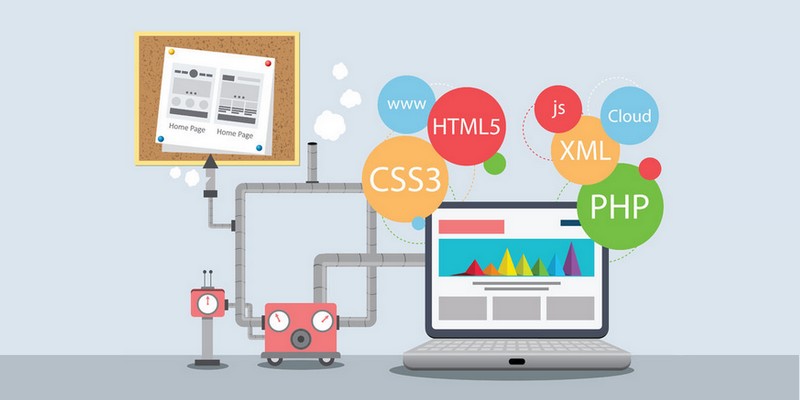One of the crucial questions in web designing and development is choosing the right tool to settle the web project on.
Needless to say that WordPress has leapfrogged ahead of all other CMS solutions available online in a number of issues and not for nothing is currently considered to be the lord of the CMS2CMS market.
Therefore, when for one reason or another it is necessary to change the current CMS solution in favor of WordPress, many users are intimidated by the task.
Migration projects can be very complex and involve some serious risks, therefore we have decided to dwell upon the topic of making the data transfer more secure.
Let’s look at the common dangers associated with data migration along with the possible solutions to omit them.
1. Data Loss
This is probably the most severe risk of all, connected with the issue of website migration. According to recent statistics, in 66% of cases it is not possible to retrieve lost data. Moreover, website migration projects often involve customer or visitor data. If some of that information is lost or customers can’t access it, you can encounter some very harsh negative public relations impact.
To prevent data loss during your migration process to WordPress, it is absolutely necessary to backup your site. This can be done in a number of ways and it’s up to you to choose which one you’re most comfortable with.
One of the easiest approaches is to download the files from the server onto a secure hard drive using FTP or SFTP.
In case you are using MySQL database management system, a good and simple backup method is the built-in MySQLDump utility. The most basic way to use this tool is as follows
mysqldump –user [username] –password=[password] [database name] > /path/to/file/[dump file]
The MySQLDump also provides an option to backup a database from one server to another using the following command.
mysqldump –host=host1 –opt mydatabase | mysql –host=host2 -C newdatabase
Another way possible is to go with one of the backup plugins/modules. To give you an example, here are a few popular choices associated with WordPress: Backup to Dropbox, Dropbox Backup and Restore, Akeeba Backup Core for WordPress.
Finally, you could use one of the third-party services.
CodeGuard is a website backup tool that connects to the site using your ftp/sftp/MySQL information, backs up the data and allows you to preview the updates on its process in real time. This service can be used for continued day to day backup of your site.
myRepono is another backup utility that allows to backup databases and/or individual files and encrypt them for additional security.

CMS2CMS is a tool of a different nature, which nevertheless serves the same purpose – to make your website transfer safely. CMS2CMS is a migration service that allows to migrate your site to a new platform with no risk of data loss, during the transition process no data is deleted from your source site. Moreover, you can secure not only you data but also the whole migration, using the option of migration insurance.
2. Unforeseen or Extended Downtime
No matter if you are doing business online, or if your current web project is just a hobby, long downtime periods can cause some serious damage. When it comes to moving the whole website to WordPress CMS, failure to get access to the information could directly affect the profit and loss of the business and/or the following of the site.
One of the ways to mitigate this is by careful planning aimed at identifying windows in which downtime is acceptable and ensuring that no data is lost. Another way to significantly reduce or avoid the downtime altogether is to use a custom script or an existing migration tool.
3. Schedule Overrun
When content transfer projects last longer than planned, resources are utilized for more than foreseen. The schedule overrun can likewise affect or delay other arranged IT projects.
While you can never be 100% sure that the migration will be performed within the estimated time frame, proper planning and attention are surely going to be helpful.
Here are a few general guidelines that will help you reduce the risk and stick to the schedule of data migration:

- Use a structured approach, compose a set of methodologies to guide the process;
- Establish clear structures and boundaries;
- Use various tools to help you with the task;
Carry out tool-based testing after each step of the process.
Hopefully, these pieces of advice will be helpful in making site migration to the award-winning WordPress CMS secure and easy to perform. Don’t let the potential dangers stop you from advancing your web project!

